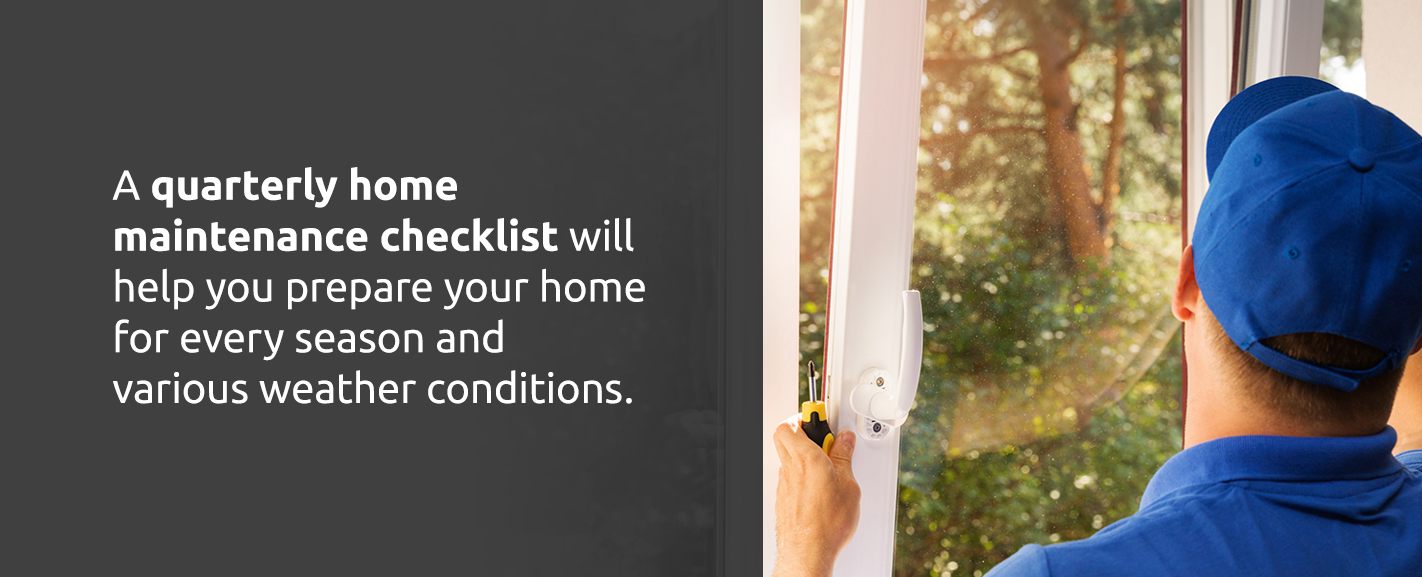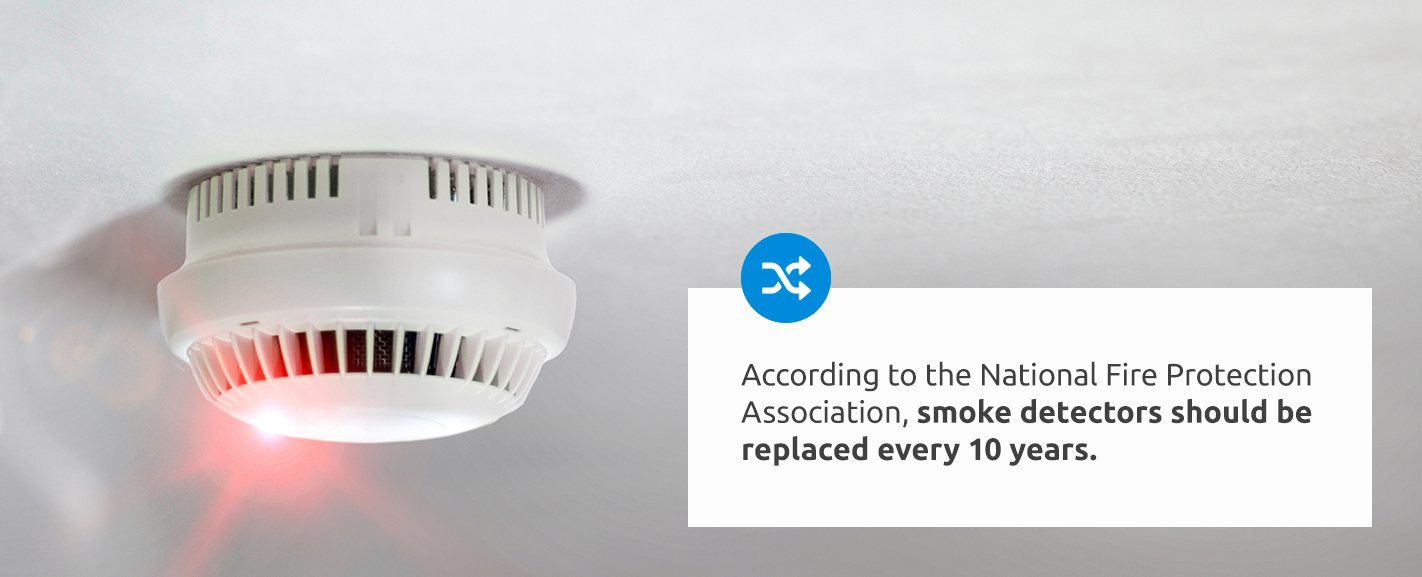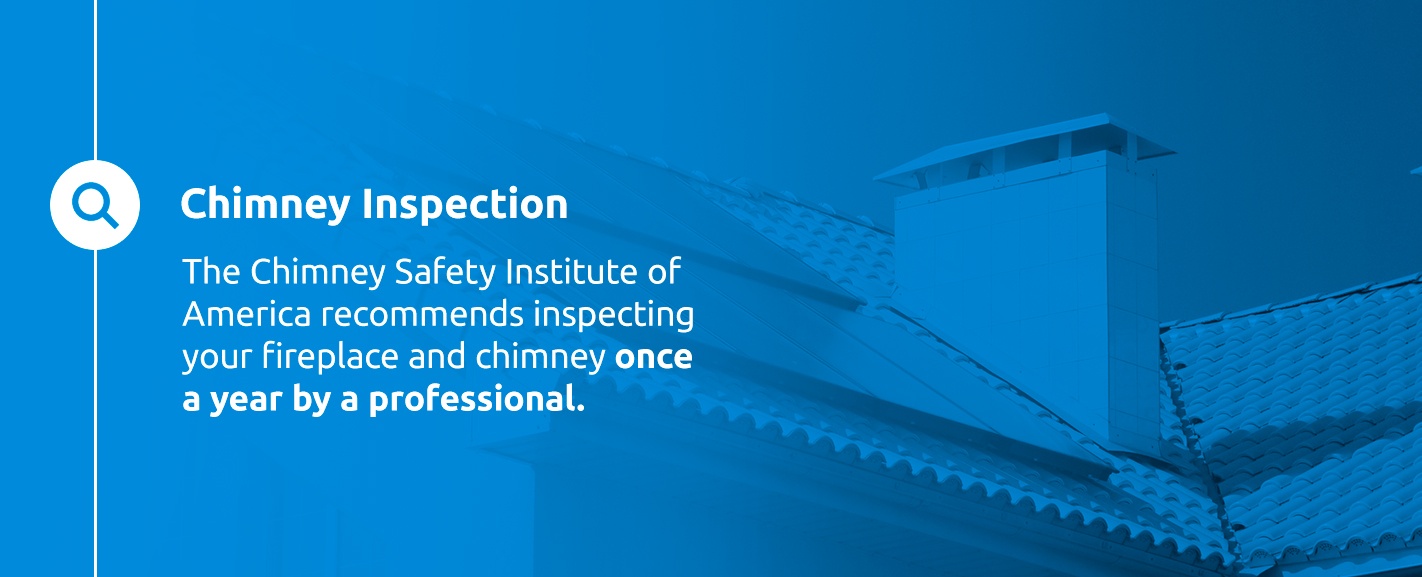Chapter 4: Seasonal Maintenance

As many Midwesterners know, each season brings unique challenges, from snowstorms in the winter to tornados in the spring. Missouri, in particular, sees an average of 39 tornados a year. Although you can’t keep severe weather from happening, you can reduce its impact and recover faster by regularly maintaining your home. A quarterly home maintenance checklist will help you prepare your home for every season and various weather conditions without forgetting anything important.
In this chapter, we’ll show you how to maintain your home inside and out, every season of the year. If you have any questions about home insurance and how to protect your property and belongings from the elements, we’ll be happy to help you at David Pope Insurance.
Request a Custom Quote!
Spring
As a homeowner, you can anticipate a busy spring when it comes to home maintenance. With warm weather, you can turn off the heat, open the windows and let in the fresh air as you give your house a thorough cleaning. Spring is also a great time of year to go outside and get your house in shape after a long winter. Here’s a checklist of all the things you’ll want to try to accomplish once you start to hear the spring peepers:
- Rake up leaves from the winter.
- Lay down mulch.
- Fertilize the lawn in late spring.
- Inspect the trees for damage or disease.
- Trim trees and shrubs that are close to the house.
- Prune any plants growing near the air conditioning compressor.
- Make sure water drains away from the house.
- Check the exterior walls and architectural elements for rotting wood or peeling paint.
- Check weatherproofing materials and repair them if needed.
- Store your snowblower.
- Inspect your lawnmower and consider a tuneup.
- Check the roof for missing or damaged shingles.
- Clean the gutters and downspouts.
- Repair cracks to the foundation.
- Lubricate garage door tracks.
- Sweep, hose down and inspect the patio or deck.
- Inspect fences for wood rot.
- Lubricate window and door hardware.
- Look for moisture leaks at windows.
- Inspect window screens for damage and repair if needed.
- Clean windows, screens and frames.
- Clean or change HVAC filters.
- Check the attic for water leaks.
- Change the batteries in your smoke detectors and carbon monoxide detectors.
- Consider having your air conditioner serviced.
- Clean air conditioners.
- Make sure fans in the kitchen and bathrooms operate.
- Dust ceiling fan blades.
- Replace damaged or worn extension cords.
- Test the sump pump.
Summer
Summers in the Midwest are typically hot and humid, so the more outdoor tasks you can get done in the spring, the more you can stay out of the heat. You’ll still have to keep up with outdoor maintenance, though, and there are a few areas you’ll want to take care of indoors, too. Here’s a checklist to get you through the summer:
- Clean the garage.
- Paint any parts of the house or garage that need it.
- Wash the exterior of the house.
- Trim trees and shrubs.
- Treat exterior wood to prevent splintering, rot or insects.
- Remove vines growing on the house.
- Remove seedlings or small trees growing near the foundation and in pathways.
- Clean gutters and downspouts.
- Inspect the roof.
- Inspect children’s play equipment.
- Check your HVAC filter.
- Wax tile and hardwood floors.
- Check and clean the dryer vent.
- Check the grout in bathrooms and kitchens and make repairs as needed.
- Inspect plumbing for leaks.
- Close the chimney damper.
- Look for and address any pest issues.
- Check the nightlights around the stairs.
Fall
By the time fall rolls around, your house has probably seen a few summer storms. You’ll want to take advantage of the pleasant fall weather and inspect your house inside and out for any damage that may have occurred over the summer. You’ll also want to use this season to prepare for snow and freezing winter temperatures. Here’s a fall maintenance checklist to keep handy:
- Check the driveway and sidewalks for cracks and patch and seal.
- Clear gutters and look for leaks.
- Inspect the roof.
- Check architectural elements around the eaves of your home for damage.
- Inspect the siding for damage or missing pieces.
- Run lawn equipment until it’s out of fuel.
- Remove birds nests from chimney flues.
- Clean and secure patio furniture with a tarp or store pieces in a shed.
- Check the attic for leaks.
- Have the fireplace inspected, cleaned and repaired.
- Have your heating system inspected and serviced by a licensed contractor.
- Clean or change HVAC air filters.
- Bleed your radiators if applicable.
- Flush the water heater.
- Winterize air conditioning systems.
- Check for air leaks in windows and doors.
- Check your sump pump.
Winter
You probably won’t be as busy maintaining the exterior of your home during the winter, but you’ll still want to keep a close eye on your roof, especially after a snowstorm. The wintertime might be a good opportunity to make minor repairs indoors and check off some maintenance tasks you may have forgotten. Here’s a list of our top winter maintenance tips for your home:
- Check for ice dams and icicles regularly.
- Clear snow from the roof with a snow rake.
- Clean out the gutters.
- Prune trees.
- Repair steps and handrails.
- Tighten hardware and handles throughout the house.
- Make sure the locks work properly on your doors and windows.
- Clean sediment from showerheads.
- Shut off valves supplying outdoor water pipes.
- Clean refrigerator coils.
- Inspect washing machine hoses.
- Install storm windows.
- Install weatherstripping around windows and doors.
- Test ground fault circuit interrupter outlets in the bathroom, kitchen and basement.
- Make sure the basement, attic and crawl spaces are well-insulated and add insulation if needed.
- Consider purchasing a backup generator.
- Insulate exposed water supply lines, especially in unheated spaces.
- Sprinkle sand or cat litter on patches of ice.
- Make sure ducts are sealed and insulated properly.
- Make sure furniture is not blocking air registers in your home, and keep the registers clean.
- Install energy-efficient LED lights to keep walkways well-lit at night.
How Long Do Smoke Detectors Last?
According to the National Fire Protection Association (NFPA), smoke detectors should be replaced every 10 years. It’s critical to make sure your smoke alarms are in excellent condition and have charged batteries because it significantly increases your chance of survival if there’s a fire. The NFPA recommends you install smoke alarms outside every sleeping area, in every bedroom and on every floor.

How Do You Know If a Smoke Detector Is Going Bad?
Make sure the smoke detector makes a sound when you press the test button. If it has new batteries and doesn’t make a sound when tested, replace the smoke detector right away. Also, check the manufacturer’s date on the back of the device and replace it if it’s 10 years old or older — even if it appears to work fine.
What Should I Look for in a Chimney Inspection?
The Chimney Safety Institute of America recommends inspecting your fireplace and chimney once a year. It’s best to have a professional perform the inspection, but there are still things you can check on your own. Here’s what you’ll want to add to your fireplace inspection checklist:
- Make sure the chimney cap is tightly attached to the chimney.
- Make sure there aren’t any trees or branches above or near the chimney.
- Make sure the roof flashing is secure around the chimney.
- Check for missing bricks.
- Check to see if the chimney is leaning.
- Use a flashlight to ensure the damper opens and closes properly and make sure it seals well.
- Make sure the chimney is clear of blockages or animal nests.
- Check for creosote inside the chimney flue.
- Make sure you can see the flue liner above the chimney crown.
- Check for moisture inside the firebox.




